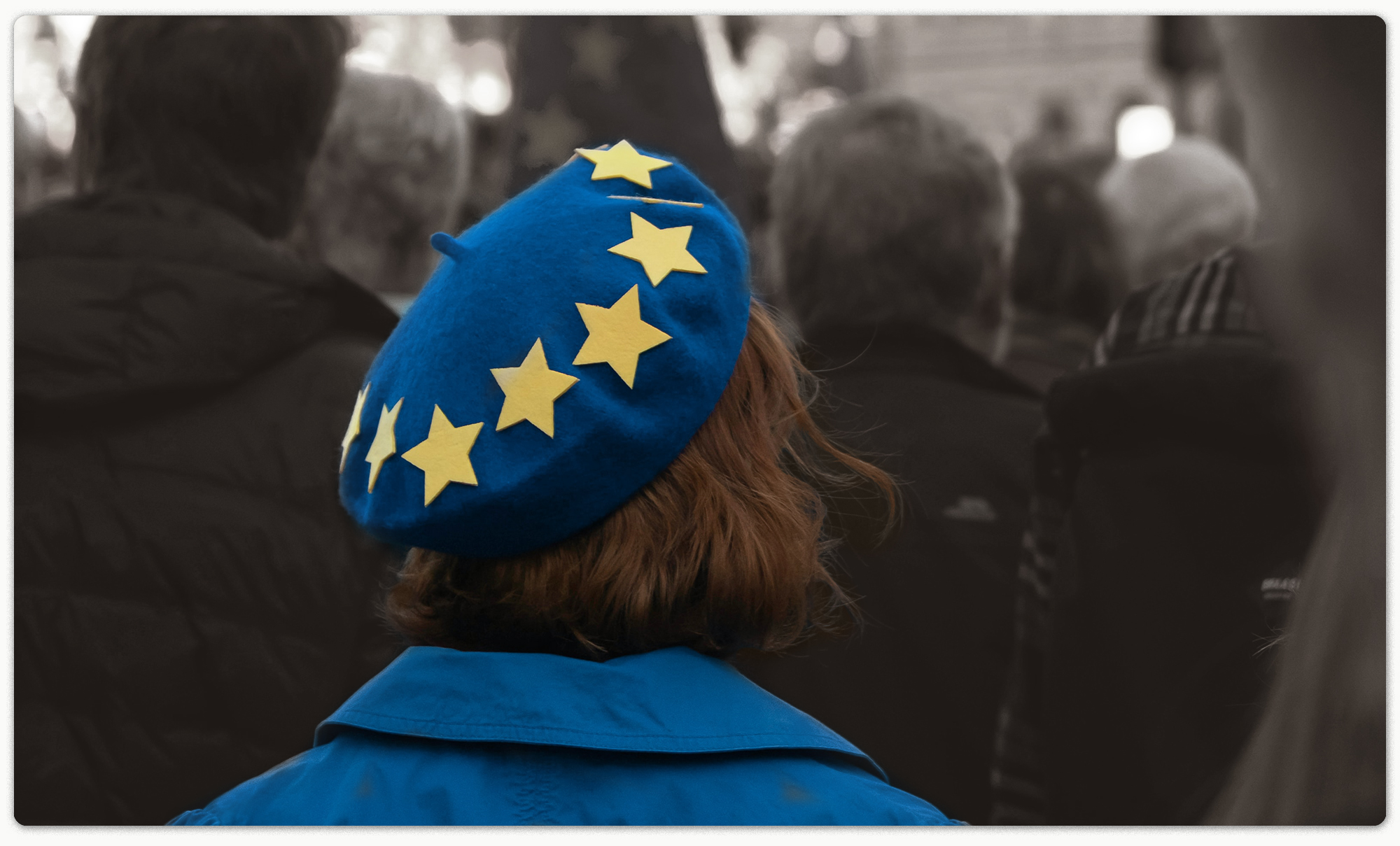Last week, the U.S. Treasury released a highly anticipated report on money laundering and terror financing in the art market, a mandate by the United States Congress as part of recent AML reforms. According to the WSJ, the study comes as “experts and lawmakers for several years have voiced concerns about the lack of regulation in the art market.” And while the U.S. extended AML requirements to antiquities dealers last year, requiring them to vet their clients and report suspicious activity, it didn’t apply the same rules to art dealers and auction houses unlike Europe. According to the Treasury, the antiquities market, which the department defines separately from high-value artwork, has certain characteristics that may be exploited by money launderers and terror financiers. In fact, according to media reports, the “issue has become so pervasive that the Group of 20 culture ministers’ meeting last summer included a session on protecting cultural heritage.” And this was before the release of the ICIJ’s Pandora Papers, which through an analysis of leaked records from a mere 14 offshore financial service firms identified “more than 1,600 artworks by about 400 artists secretly traded through shell companies and offshore trusts,” contributing to increased scrutiny of the market in recent months and calls for more oversight.
In its report, the Treasury described many of the vulnerabilities in the art market, which the Senate Permanent Subcommittee on Investigations had previously labeled as “the largest, legal unregulated industry in the United States” after investigators linked transactions involving high-value art to sanctioned Russian oligarchs, prompting OFAC to release an advisory highlighting the potential sanctions risk arising from the art industry. And while the Treasury’s report stated that there was limited evidence of terrorist financing risk in the high-value art market, it did find evidence of money laundering. According to the report, “a common theme is that criminals use shell companies to buy art and hide behind a corporate veil,” and the participation of complicit professionals. The Treasury goes on to state that “entities which have lower levels of annual sales turnover (such as small galleries), and entities that only occasionally transact high-value art (such as third-party online marketplaces, museums, other non-profits) may present lower risk, while entities which have larger annual sales turnover and regularly transact in high-value art in the ordinary course of business may present a higher risk.”
While the Treasury is taking “a risk-based ‘wait and see’ approach to the art market” as it continues its ongoing strategic work to close gaps related to beneficial ownership and nonfinancial gatekeepers, identified as vulnerabilities not only in the art market but in the wider AML/CFT regime, those in the industry should prepare for more regulatory oversight. One of the report’s most notable takeaways was that “the emerging digital art market, such as the use of non-fungible tokens (NFTs), may present new risks, depending on the structure and market incentives.” Notably, the market for NFTs, which saw $41 million in sales in 2018, has skyrocketed and is closing in on the value of the traditional art market. According to reports, while the first half of 2021 saw the marketplace for NFTs rise to $2.5 billion, it finished the year with an astounding $41 billion of volume. By comparison, sales in the traditional art market were about $50 billion in 2020. And with some traditional auction houses and galleries attempting to launch their own NFT platforms, and industry giants Sotheby’s and Christie’s cashing in on the hype, the inevitable convergence of the traditional and digital markets will undoubtedly prompt regulators to reevaluate their ‘wait and see’ approach to the industry.

Last month, the Council on Foreign Relations reported that an arrest warrant issued by U.S. law enforcement for a prominent Nigerian policeman, for...

This month, the European Union revealed its plan to set up a new agency, the Anti-Money Laundering Authority (AMLA), to crack down on money...

Last week, during the U.S.-led Summit for Democracy, the Biden administration released a new anti-corruption strategy, which the WSJ reported...
